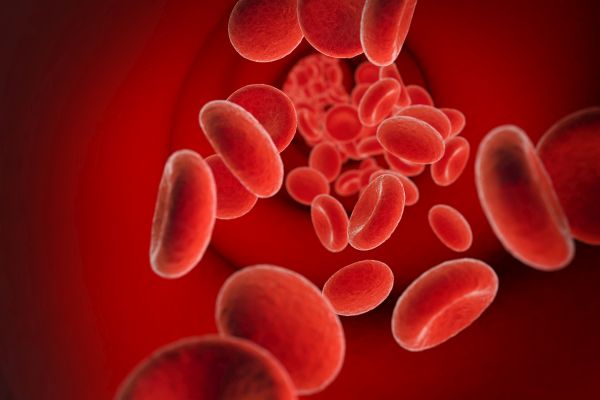Caris, et al. (2022) sought to assess whether longer indwelling time of peripherally inserted central catheters (PICC) increases risk of central line associated bloodstream infections (CLABSI) in hematology patients.
The researchers conducted a multi-center retrospective cohort study among hematology patients receiving PICCs between 2013 and 2015. Occurrence of CLABSI based on CDC definitions was assessed. They calculated incidence rates, determined risk factors for CLABSI and used Poisson regression models to assess the risk of developing CLABSI as a function of PICC dwell time. They compared diagnoses and treatment characteristics between 2013–2015 and 2015–2020.
455 PICCs placed in 370 patients were included, comprising 19,063 catheter days. Median indwelling time was 26 days (range 0–385) and CLABSI incidence was 4.0 per 1000 catheter days, with a median time to CLABSI of 33 days (range 18–158). Aplastic anemia (AA) was associated with an increased risk of CLABSI; patients undergoing autologous stem cell transplantation (SCT) were less likely to develop CLABSI. In the unadjusted analysis, PICCs with an indwelling time of 15–28 days, 29–42 days, 43–56 days and > 56 days each had an increased CLABSI incidence rate ratio of 2.4 (1.2–4.8), 2.2 (0.95–5.0), 3.4 (1.6–7.5) and 1.7 (0.9–3.5), respectively, compared to PICCs in place for < 15 days. However, after adjusting for AA and SCT, there was no significant difference in incidence rates between dwell times (p 0.067).
The researchers say their study shows that risk of CLABSI does not appear to increase with longer PICC indwelling time. Routine replacement of PICCs therefore is unlikely to prevent CLABSI in this population.
Reference: Caris MG, et al. Indwelling time of peripherally inserted central catheters and incidence of bloodstream infections in haematology patients: a cohort study. Antimicrobial Resistance & Infection Control. Vol. 11, article number: 37 (2022).
